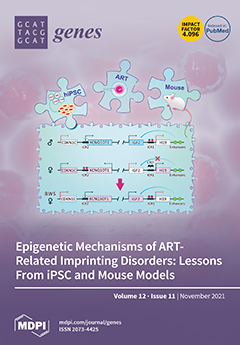Background: There has been a noticeable and systematic growth of the use of psychoactive substances over the past few decades. Dual diagnosis is a clinical term referring to the occurrence of psychoactive substance use disorder comorbid with another psychiatric disorder in the same person. The most common type of dual diagnosis is the co-occurrence of alcohol use disorder and mood disorders in the form of a depressive episode. Co-occurrent substance use disorders are frequently influenced by genetic factors. In selecting our area of research, we focused on dopamine and the
DRD4 (Dopamine Receptor D4) gene polymorphism as well as associations with personality features. The aim of the study: The aim of the study was to compare
DRD4 exon 3 (DRD4 Ex3) gene polymorphisms in patients diagnosed with polysubstance use disorder and co-occurrence of a depressive episode to
DRD4 exon 3 gene polymorphisms in patients diagnosed with polysubstance use disorder and without co-occurrence of a depressive episode and a group of healthy volunteers. The study also aimed at establishing associations between personality features and
DRD4 exon 3 gene polymorphisms of male patients diagnosed with polysubstance use disorder with co-occurrence of a depressive episode which may present a specific endophenotype of this group of patients. Methods: The study group comprised 602 male volunteers: patients diagnosed with polysubstance use disorder comorbid with a depressive episode (PUD MDD) (
n = 95; mean age = 28.29, standard deviation (SD) = 7.40), patients diagnosed with polysubstance use disorder (PUD) (
n = 206; mean age = 28.13, SD = 5.97), and controls (
n = 301; mean age = 22.13, SD = 4.57). The patients and control subjects were diagnosed by a psychiatrist using the Mini International Neuropsychiatric Interview (MINI), the NEO Five-Factor Personality Inventory (NEO-FFI), and the State-Trait Anxiety Inventory (STAI) questionnaires. An analysis of the
DRD4 exon 3 polymorphism was performed. Results: The patients diagnosed with PUD MDD compared to the control group of healthy volunteers showed significantly higher scores on both the STAI status and features scale and the NEO-FFI Neuroticism and Openness Scale, as well as lower scores on the Extraversion, Agreeableness, and Conscientiousness NEO-FFI scales. In the
DRD4 exon 3 gene polymorphism, the s allele was more frequent in the PUD MDD compared to the l allele, which was less frequent. The results of the 2 × 3 factor analysis of variance (ANOVA) in patients and controls and the variant
DRD4 exon 3 interaction were found on the Extraversion Scale and the Conscientiousness Scale of the NEO-FFI. Conclusions: The associations show that psychological factors combined with genetic data create a new area of research on addiction, including the problem of dual diagnosis. However, we want to be careful and draw no definite conclusions at this stage of our research.
Full article






